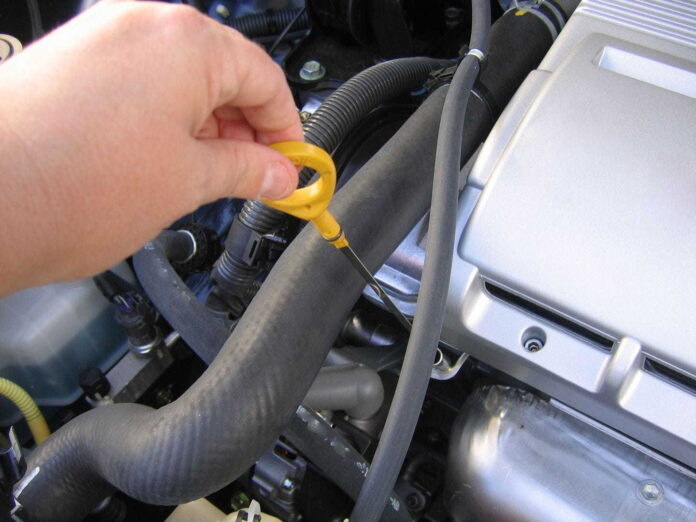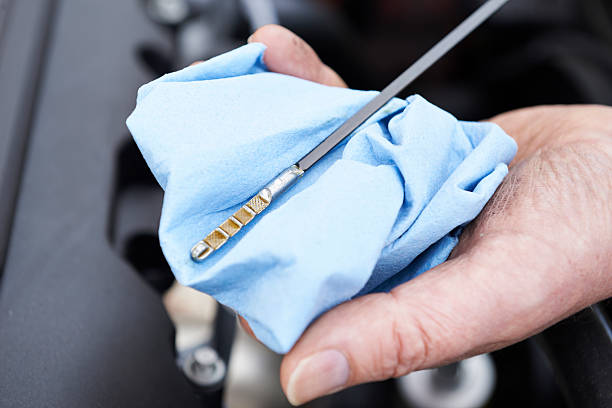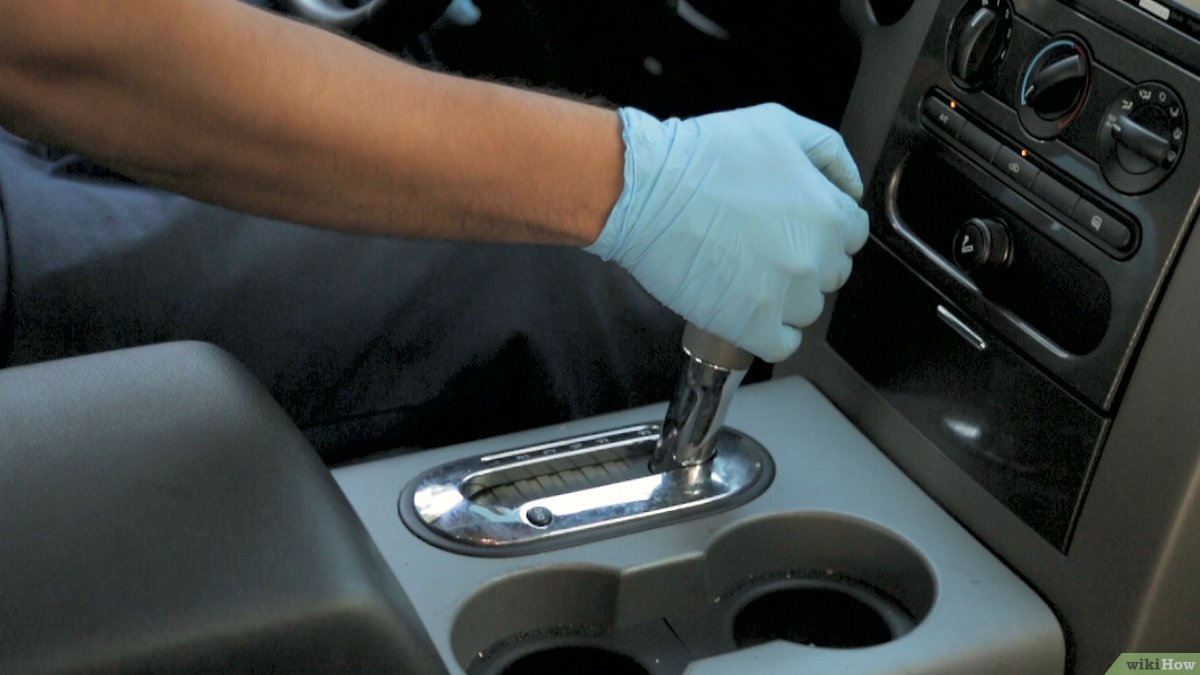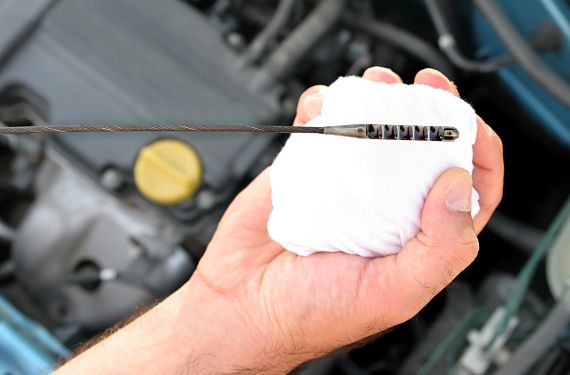
If you are a vehicle owner, you probably know about transmission fluid, something that, if you find it at a low level, you should add, but if you are an owner with little experience in the subject, you must wonder how do you add transmission oil should the car be on or off? Should you let it rest or should it be hot? Fortunately, you don’t have to worry about it anymore, because here we will explain how you put the transmission oil in your vehicle.
What is transmission oil?

First of all, we must remember that the so-called transmission fluid is a thick and oily substance whose function is to keep the transmission system of your vehicle lubricated. Keep in mind that it is not one for all types of cars, since the type of fluid you need will depend on the make of your car and whether it has a manual or automatic gearbox.
Top up car transmission oil
Learning how to do routine maintenance is a great way to save a little money, but you need to get a few things straight before you do it. First, what if you are adding transmission fluid very often you should take it to your mechanic because there could be some kind of oil leak. Second, add the type of oil RightAnd that is, if you are looking to save a little money, but you use the wrong type of fluid, you could end up damaging your car and the repairs will be quite expensive. Once this is clarified, we will explain how to replace the transmission oil in your car:
1. Check the oil in the car
To start the car. First, you’ll need to start your car, as to get an accurate reading, you need to measure it while the fluid is hot and the transmission is running. Next, put your car in Park (P) with the parking brake activated while you check the amount of fluid.

Test transmission. Then have the transmission work in all gears but not drive the car. This is because, if it is cold, it could indicate that your car has a lot of fluid, resulting in an inaccurate reading.
Locate the rod. With the car parked (on a flat surface) you will need to open the hood of your vehicle and locate the dipstick. Not to be confused with the oil dipstick. To do this, you must be clear about where the transmission of your car is located (generally, close to the wall of fire for rear-wheel drive and connected to the transverse axis for front-wheel drive).

Remove the dipstick and check the fluid. You should remove the dipstick and wipe it clean to get a better reading, then insert the dipstick and remove it to get the reading (you should be able to read “Hot”).
IT MAY INTEREST YOU:
- What is the best oil for automatic and manual transmission
- How to check automatic transmission oil without a dipstick
2. Add the liquid
Keep the engine running and parked. Leave the engine running with the transmission in P, and for safety reasons you should apply the parking brake.
Consult the vehicle manual. This will provide you with information regarding the fluid you need, how often to replace it, among other special conditions according to your car.
Place the funnel. This will need to be in the hole in the dipstick and make sure it is long enough not to overfill when filling.

Pour in the transmission oil slowly. How much to add depends on your needs: If the liquid was low, start with a half quart, then check to keep adding a quart at a time until full; If you are doing transmission maintenance then you will need 4-5 quarts; and if you are changing the fluid completely, you will usually need between 9 and 13 quarts.
Check transmission. This is so that the fluid circulates, so you will have to make it work in all gears.

Check the fluid. You probably won’t have to fill it out again, but if you do, do it gradually.
Finally, Return the rod to its holeyou will need to make sure it is snug by turning it until it is secure or by depressing a latch that sits on the rod.
So is transmission oil poured on or off?
Yes, many experts say that the best way to add transmission oil is when a car is idling, since they don’t want to risk overfilling it. As we mentioned, you should leave your engine running, park your car and apply the parking brake. This will ensure a more accurate transmission fluid reading.
Remember to consult your owner’s manual for precise instructions.

IT MAY INTEREST YOU:
- How long does an oil change take?
- How much does an oil change cost in the USA?

